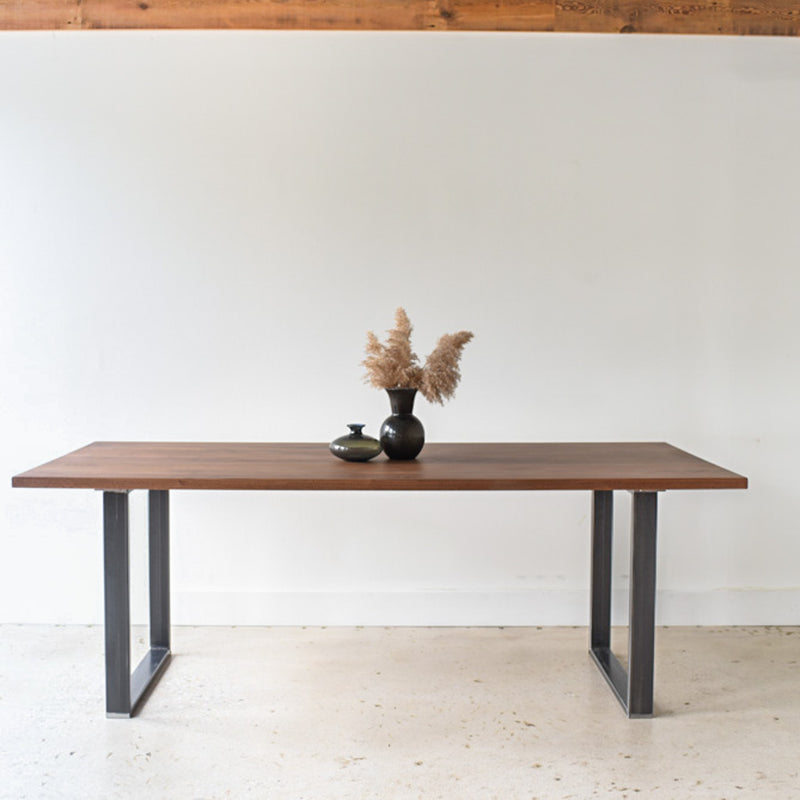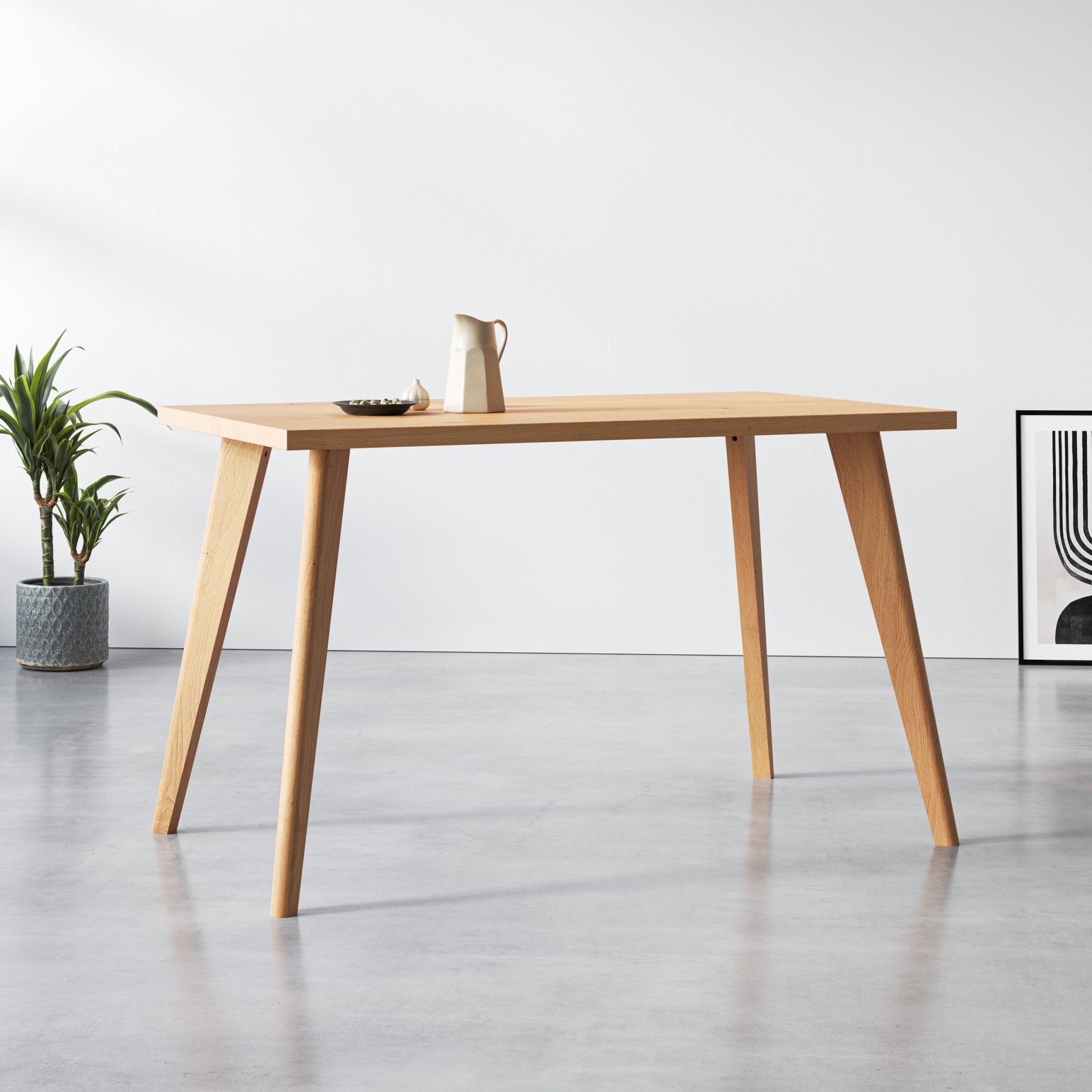Add a Rustic Touch to Your Table with Classic Dining Table Legs Wood
Add a Rustic Touch to Your Table with Classic Dining Table Legs Wood
Blog Article
Discovering the Various Sorts Of Table Legs Timber for Your Dining Room
The option of dining table legs timber can profoundly impact both the aesthetic and useful high qualities of your dining area. Strong wood alternatives, such as oak and walnut, provide a classic look with unequaled durability, while engineered wood options use cutting-edge layouts that imitate the richness of all-natural grains.
Strong Timber Options

Unlike engineered products, strong timber is less susceptible to warping and damage over time when appropriately kept. Each item of strong timber is one-of-a-kind, showcasing specific features that add to the appeal and character of the dining table.
In addition, solid timber can be ended up in countless means, ranging from natural oils to stained finishes, permitting homeowners to personalize their furnishings to match their decoration. In recap, picking strong wood for dining table legs not just guarantees architectural honesty however also boosts the aesthetic allure of the dining area, making it a beneficial investment for any type of home.
Engineered Wood Alternatives

Plywood, built from multiple layers of wood veneer, is secure and particularly solid, making it an exceptional choice for eating table legs. Its layered make-up enables it to endure changes in moisture and temperature much better than typical strong wood. MDF, on the other hand, provides a smooth surface for paint or veneering, enabling developers to accomplish a sleek look while keeping structural honesty.
When choosing crafted timber choices, it is important to think about the designated usage and wanted visual. These products not just boost the capability of eating rooms but also permit for higher layout flexibility, ensuring that traditional and modern designs can coexist sympathetically.
Reclaimed Timber Includes
Reclaimed wood provides a distinct blend of sustainability and character, making it an increasingly preferred selection for eating table legs. Sourced from old barns, manufacturing facilities, and other structures, reclaimed timber personifies a history that new products just can not replicate. Each item brings its own tale, noted by unique imperfections, knots, and varying grain patterns, which add to a table's distinct visual appeal.
Along with its aesthetic charm, redeemed wood is an eco friendly choice. By repurposing formerly used products, it minimizes the demand for brand-new lumber, thus aiding to preserve forests and minimize waste. This straightens with an expanding consumer choice for sustainable techniques in decor.
Moreover, redeemed wood is typically more sturdy than newly collected wood as a result of its age. The natural drying procedure that redeemed timber goes through outcomes in a denser and more powerful product, making it less susceptible to warping and splitting. This improves the longevity of eating tables, permitting them to hold up against the rigors of everyday usage.
Softwood vs. Hardwood
When selecting table legs, recognizing the differences in between softwood and wood is essential for accomplishing both useful and visual goals. Softwoods, originated from coniferous trees, such as pine and cedar, are characterized by their lighter weight and convenience of manipulation. They normally show a more rustic look, making them ideal for country-style or casual eating areas. Softwoods are normally much less resilient than woods, which can be a factor to consider for families or those seeking long life in their furniture.
On the other hand, hardwoods, sourced from deciduous trees like browse this site cherry, maple, and oak, are renowned for their thickness, strength, and sturdiness. The complex grain patterns and rich shades of woods supply a timeless and why not look here advanced allure, making them excellent for official eating settings. While hardwoods have a tendency to be extra pricey and larger, their strength versus deterioration typically warrants the financial investment.
Inevitably, the option between softwood and hardwood for eating table legs need to straighten with your layout vision, use requirements, and budget plan, guaranteeing that your eating space shows your individual style while remaining useful in time.

Finishes and Therapies
The visual charm and long life of eating table legs can be significantly enhanced via various coatings and therapies. These procedures not just protect the timber from damages however also raise its appearance, enabling it to match diverse interior designs.
One typical treatment is staining, which passes through the timber and improves its natural grain while including shade. Spots offer an abundant, classy appearance, allowing house owners to match their furnishings with existing decor. Alternatively, clear coatings such as polyurethane or varnish produce a safety layer without changing the wood's initial color, making sure longevity versus damage.
Additionally, natural oils, like tung or linseed oil, nourish the timber and supply a refined shine, all while being environmentally friendly. These oils allow the surface area to breathe, stopping wetness build-up and prospective see it here warping.
For those seeking a rustic appeal, distressed or weathered surfaces can be put on create an aged look, including character to the item. Inevitably, the selection of finishes and therapies depends on personal preference, desired looks, and the specific wood kind, making it vital to think about these variables when selecting eating table legs for your space.
Conclusion
Strong woods, crafted alternatives, and recovered options each offer distinct advantages, providing to different preferences and requirements. Ultimately, the option of timber type must line up with desired design, toughness, and environmental considerations, enhancing the overall eating experience.
The selection of eating table legs timber can profoundly influence both the practical and visual top qualities of your dining space - Dining Table Legs Wood. Strong timber options, such as oak and walnut, give a traditional appearance with unparalleled durability, while crafted wood alternatives use innovative designs that simulate the richness of natural grains. Solid wood uses a classic top quality that can raise the overall design of a dining area. Each piece of strong timber is one-of-a-kind, showcasing private attributes that include to the beauty and personality of the eating table
Furthermore, redeemed wood is frequently extra long lasting than freshly gathered wood due to its age.
Report this page